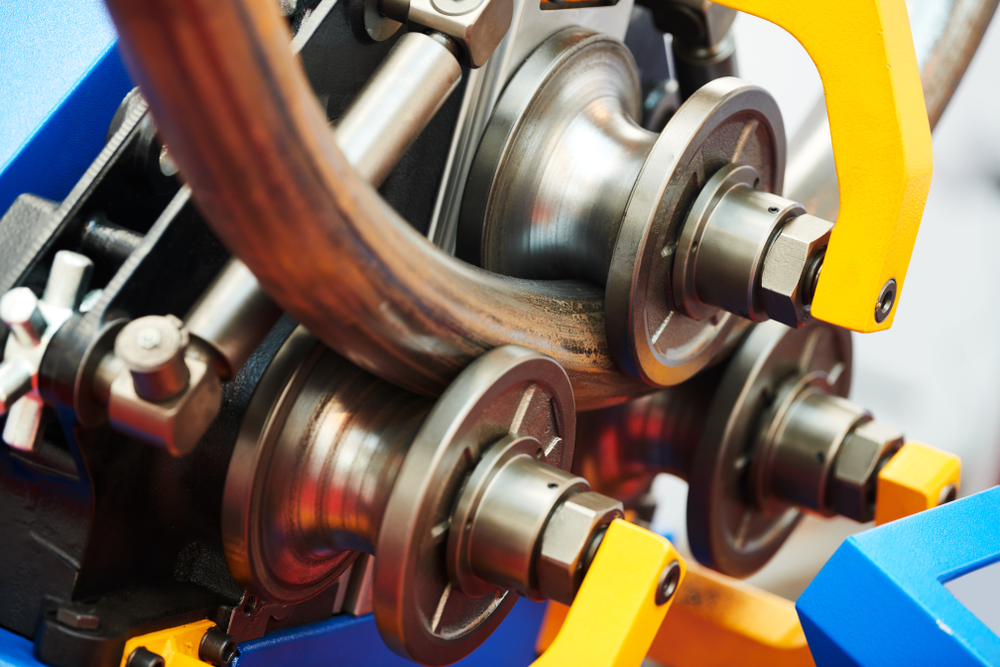

Pipe bending is a crucial process in various industries, from automotive and aerospace to construction and manufacturing. When it comes to bending pipes, two primary methods are widely used: manual pipe bending and CNC (Computer Numerical Control) pipe bending. Each method has its advantages and considerations depending on the complexity of the project, precision requirements, and production volume. In this blog, we’ll explore the differences between manual and CNC pipe bending to help you decide which method best suits your needs.
Manual Pipe Bending
Overview:
Manual pipe bending relies on human operators using hand tools and equipment to shape pipes. It’s a traditional method that has been used for decades and is suitable for smaller-scale projects or custom jobs that don’t require high-volume production.
Pros:
- Cost-Effective: Manual pipe bending equipment is generally less expensive to purchase and maintain compared to CNC machines.
- Versatility: Skilled operators can create complex bends and shapes, especially for unique or one-off designs.
- Suitable for Small Batches: Ideal for projects with lower production volumes or custom orders.
Cons:
- Labor-Intensive: Requires skilled operators and more labor hours compared to CNC bending.
- Inconsistent Precision: The precision of bends can vary depending on the skill of the operator, leading to potential variations in product quality.
- Limited Automation: Lack of automation means longer production times and potentially slower turnaround for large orders.
CNC Pipe Bending
Overview:
CNC pipe bending involves automated machinery controlled by computer programs (CAD/CAM software) to precisely bend pipes according to pre-programmed specifications. It’s ideal for high-volume production and projects requiring consistent precision.
Pros:
- High Precision: CNC machines ensure consistent and accurate bends, reducing the margin for error.
- Efficiency: Faster production times compared to manual bending, making it suitable for large orders.
- Complex Shapes: Capable of bending pipes into complex shapes and patterns with high repeatability.
Cons:
- Higher Initial Investment: CNC pipe bending machines are more expensive to purchase and maintain.
- Training Required: Operators need training to operate CNC machines effectively and program them for different bending requirements.
- Less Flexibility for Custom Designs: While versatile, CNC machines may have limitations in creating highly customized or unique bends compared to skilled manual operators.
Choosing the Right Method for Your Project
Considerations:
- Volume and Scale: For small-scale or custom projects, manual bending may be more economical and suitable.
- Precision Requirements: Projects demanding high precision and consistency benefit from CNC pipe bending.
- Budget and ROI: Evaluate initial investment costs versus long-term efficiency and production benefits.
- Timeline: Assess production timelines and whether the speed of CNC bending aligns with project deadlines.
Conclusion
Both manual and CNC pipe bending methods have their place in modern manufacturing and construction industries. The choice between them depends on factors such as project scale, precision requirements, budget constraints, and production volume. For smaller batches, custom designs, or projects where flexibility is paramount, manual pipe bending offers versatility and cost-effectiveness. Conversely, CNC pipe bending excels in high-volume production, ensuring consistent quality and efficiency through automated precision. Ultimately, understanding your project needs and capabilities will guide you towards selecting the most appropriate pipe bending method for optimal results.
Need an Industrial Machine Shop in Baton Rouge, LA?
Here at Metal Works Corporation, we excel in providing both manual and CNC pipe bending solutions to meet the diverse needs of your projects. Our skilled team and state-of-the-art equipment ensure we deliver precise, high-quality bends, whether you require the versatility of manual bending for custom designs or the efficiency of CNC bending for large-scale production. Reach out to us today to discuss your project requirements, and let’s work together to achieve exceptional results with the right pipe bending method for your needs.

